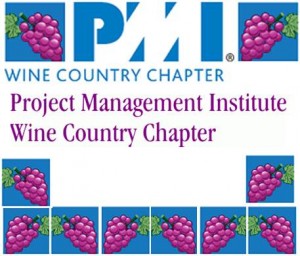
One of Herzog\’s early stars
One of the blessings of having a diverse (some might say schizophrenic) background is that I have friends like Anne Thompson, who has worked for Premiere and Variety and now has her own influential blog, Thompson on Hollywood. Today I read a post there by Sophia Savage about the filmmaker Werner Herzog, discussing some remarks he made as keynote at the Film Independent Forum, including this passage, which I think maps directly onto dilemmas in any kind of agile project environment, including software development using scrum:
Read the full article…

 My friend’s daughter took this picture of the front of the Apple store in Manhattan last night. What are you doing in your life that would make people remember you with this much passion? Something to ask yourself next time you realize you’re the person saying “That’ll never work because….” or starting every reply with “Yes, but…” Jobs made our world
My friend’s daughter took this picture of the front of the Apple store in Manhattan last night. What are you doing in your life that would make people remember you with this much passion? Something to ask yourself next time you realize you’re the person saying “That’ll never work because….” or starting every reply with “Yes, but…” Jobs made our world  What kind of agile training company would we be if we didn’t try to build our company from the ground up using agile methods for everything from team decision making to hiring to how we pay ourselves? Here’s how we arrived at a radical new way of paying ourselves. (Hint: if you’ve seen the heist movie
What kind of agile training company would we be if we didn’t try to build our company from the ground up using agile methods for everything from team decision making to hiring to how we pay ourselves? Here’s how we arrived at a radical new way of paying ourselves. (Hint: if you’ve seen the heist movie 
 Our thanks to everyone who turned out for Saturday’s Dymaxicon launch party at Internos Wine Cafe in the city. If you have been too busy building software to keep up with our hijinks here at Agile Learning Labs, we’ve launched a publishing company. We publish agile titles like
Our thanks to everyone who turned out for Saturday’s Dymaxicon launch party at Internos Wine Cafe in the city. If you have been too busy building software to keep up with our hijinks here at Agile Learning Labs, we’ve launched a publishing company. We publish agile titles like 
